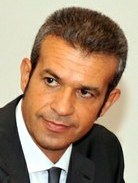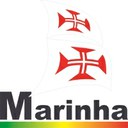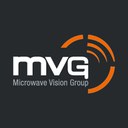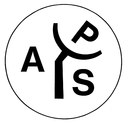Compressive Sensing - Basics, State-of-the-Art, and Advances in Electromagnetic Engineering
 Andrea Massa
Andrea Massa
University of Trento, Italy
Abstract
The widely known Shannon/Nyquist theorem relates the number of samples required to reliably retrieve a "signal" to its (spatial and temporal) bandwidth. This fundamental criterion yields to both theoretical and experimental constraints in several Electromagnetic Engineering applications. Indeed, there is a relation between the number of measurements/data (complexity of the acquisition/ processing), the degrees of freedom of the field/signal (temporal/spatial bandwidth), and the retrievable information regarding the phenomena at hand (e.g., dielectric features of an unknown object, presence/position of damages in an array, location of an unknown incoming signal).
The new paradigm of Compressive Sensing (CS) is enabling to completely revisit these concepts by distinguishing the "informative content" of signals from their bandwidth. Indeed, CS theory asserts that one can recover certain signal/phenomena exactly from far fewer measurements than it is indicated by Nyquist sampling rate. To achieve this goal, CS relies on the fact that many natural phenomena are sparse (i.e., they can be represented by few non-zero coefficients in suitable expansion bases), and on the use of aperiodic sampling strategies, which can guarantee, under suitable conditions, a perfect recovery of the information content of the signal.
In this framework, the aim of this Talk is to discuss CS paradigm starting from its fundamentals and to illustrate its features and potentialities in different Electromagnetic Engineering areas. Moreover, recent advances in the application of CS to inverse scattering & imaging methods for NDE/NDT, array synthesis, direction-of-arrival estimation, and antenna diagnosis will be presented, envisaging possible future trends in CS as applied to Electromagnetics.
CV
Andrea Massa (M'96) received the M.S. and the Ph.D. degrees in EECS from the University of Genoa, Italy, in 1992, 1996, and 2009, respectively. Assistant Professor at the University of Genoa (1997- 1999), Associate Professor (2001-2004) and Full Professor (2005-today) of Electromagnetic fields at the University of Trento. At present, he is the Director of the ELEDIA Research Center located in Trento with offshore labs in Paris, Nagaski, and Addis Ababa. Moreover, he is holder of a Senior DigiTEo Chair at SUPELEC (France) and Adjunct Professor at Penn State University (USA). He has been Visiting Professor at the Missouri University of Science and Technology (USA), the NUS (Singapore), the Nagasaki University (Japan), the University of Paris Sud (France), and the Kumamoto University (Japan). Prof. Massa serves as AE of the IEEE-TAP, member of the Editorial Board of the JEMWA, a permanent member of the “PIERS Technical Committee” and of the “EuMW Technical Committee”, and an ESoA member. His research activities are mainly concerned with direct and inverse scattering problems, antenna systems and large arrays, radars architectures and processing, WSNs, semantic wireless technologies, system‐by‐design/material-by-design (metamaterials and reconfigurable‐materials), and theory/applications of optimization techniques to engineering problems.


































